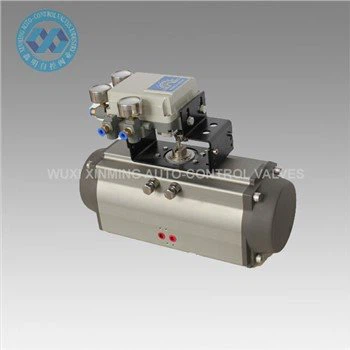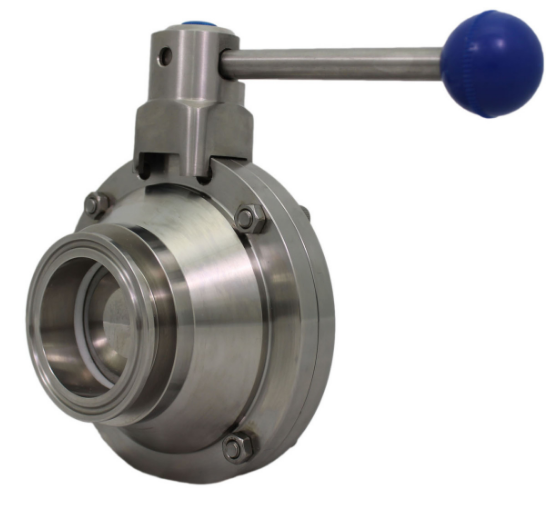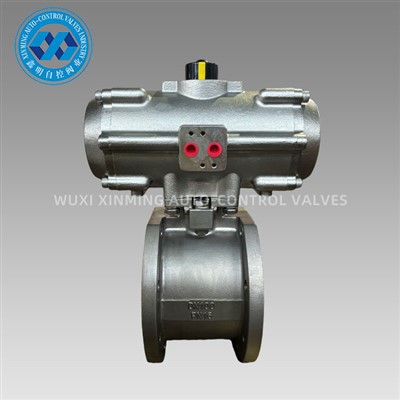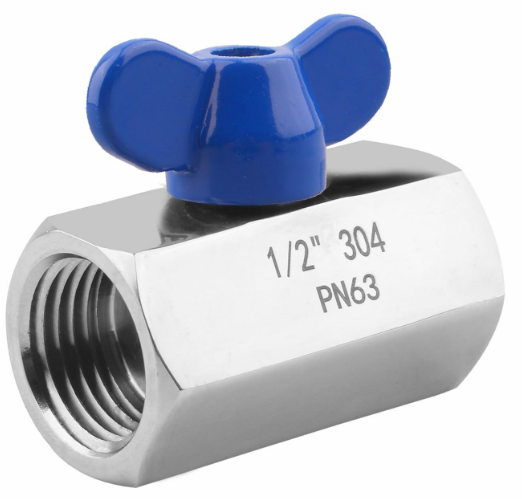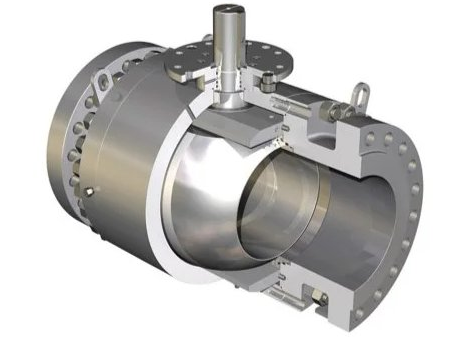Introduction
In industrial automation and process control, pneumatic actuators play a crucial role in converting compressed air energy into mechanical motion. They are widely used in valves, dampers, and other mechanical devices to ensure precise movement with minimal human intervention. Understanding the pneumatic actuator working principle is essential for engineers, technicians, and plant operators aiming to optimize performance and maintenance.
What Is a Pneumatic Actuator?
A pneumatic actuator is a mechanical device that uses compressed air to produce linear or rotary motion. It is designed to automate equipment such as valves or gates, eliminating the need for manual operation.
Key advantages include:
-
High reliability
-
Quick response time
-
Simple design and maintenance
-
Safe operation in hazardous environments (no sparks or electrical hazards)
Pneumatic Actuator Working Principle Explained
1. Energy Source — Compressed Air
The system starts with a compressed air supply, typically ranging between 3–8 bar (40–120 psi). This air is filtered, regulated, and dried to ensure optimal operation.
2. Air Flow into the Actuator
The air is directed into the actuator chamber via control valves (manual, solenoid, or automated).
-
For linear actuators: Air pushes against a piston or diaphragm, generating straight-line motion.
-
For rotary actuators: Air pressure rotates vanes or pistons to create angular movement.
3. Conversion of Air Pressure into Mechanical Force
The compressed air’s pressure acts on the piston or vane surface area, generating force. This force moves the actuator shaft or rod, translating pneumatic energy into usable mechanical motion.
4. Exhaust and Return Stroke
When the air supply is switched to the opposite chamber (or vented to the atmosphere), the actuator moves back to its original position — either by a spring (single-acting) or by air pressure in the opposite direction (double-acting).
Types of Pneumatic Actuators and Their Operation
1. Single-Acting Pneumatic Actuator
-
Operates using air pressure for one stroke and a spring for the return stroke.
-
Ideal for fail-safe applications (spring returns the actuator to a safe position when air is lost).
2. Double-Acting Pneumatic Actuator
-
Uses air pressure for both forward and return strokes.
-
Provides more consistent torque and force.
3. Rotary Pneumatic Actuator
-
Produces rotational movement (commonly 90° or 180°) for operating valves like butterfly or ball valves.
4. Linear Pneumatic Actuator
-
Produces straight-line movement for gate valves, dampers, and similar applications.
Key Components in Pneumatic Actuator Operation
-
Actuator Body — Houses the piston/vane mechanism.
-
Piston or Diaphragm — Converts air pressure into motion.
-
Return Spring (in single-acting types) — Resets the actuator.
-
Shaft or Rod — Transfers motion to the controlled device.
-
Seals and Bearings — Ensure smooth operation and prevent air leakage.
-
Control Valve — Directs air flow for precise actuation.
Advantages of Pneumatic Actuators
-
Fast response time for quick valve operation.
-
Durability in harsh environments (dust, moisture, chemicals).
-
Fail-safe options with spring-return models.
-
Low maintenance compared to electric or hydraulic systems.
-
Explosion-proof — No electrical sparks.
Limitations
-
Requires continuous air supply.
-
Lower force output compared to hydraulic systems.
-
Compressed air quality impacts performance.
Applications in Industry
Pneumatic actuators are commonly used in:
-
Oil & Gas pipelines (valve automation)
-
Food and beverage processing
-
Pharmaceutical manufacturing
-
Water treatment plants
-
HVAC systems (damper control)
Maintenance Tips for Optimal Performance
-
Regularly inspect seals for air leaks.
-
Keep air supply clean and dry.
-
Lubricate moving parts according to manufacturer guidelines.
-
Test actuator response periodically to ensure reliability.
Conclusion
The pneumatic actuator working principle is based on the conversion of compressed air into mechanical motion via pistons, vanes, or diaphragms. This simple yet powerful mechanism ensures reliable automation in countless industrial processes. By understanding how they work and maintaining them properly, you can extend their service life and improve system efficiency.
FAQ — Pneumatic Actuator Working Principle
Q1: Is a pneumatic actuator better than an electric actuator?
It depends on the application. Pneumatic actuators are faster, safer in hazardous areas, and more robust in harsh environments, while electric actuators offer precise positioning and no need for air supply.
Q2: What pressure is needed for pneumatic actuators?
Most operate between 3–8 bar (40–120 psi), but exact requirements depend on design.
Q3: How long do pneumatic actuators last?
With proper maintenance, they can operate reliably for many years, often exceeding 1 million cycles.
If you want to learn more about low-priced products, please visit the following website: www.xm-valveactuator.com







